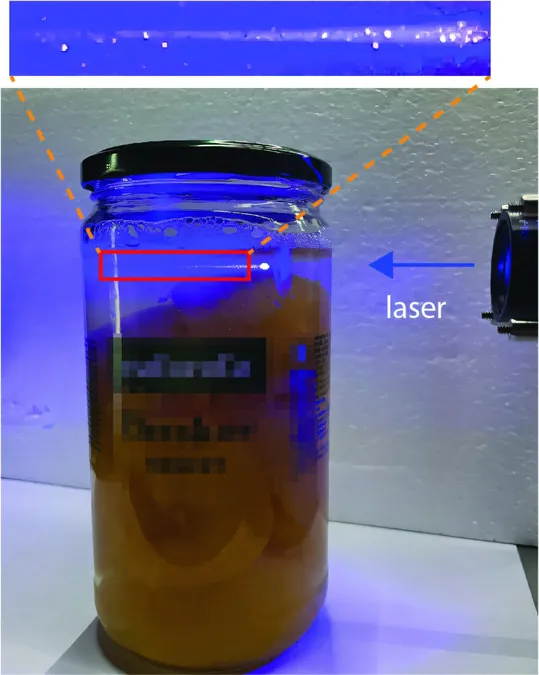
Unlocking the Secrets of Photochemical Haze: How CO2 Shapes Atmospheres
2025-06-10
Author: Daniel
Understanding Atmospheric Haze and Its Impact
Atmospheric organic hazes are not just a fascinating phenomenon; they're a key player across various planetary bodies, profoundly influencing both their surfaces and atmospheres. Recent research dives deep into the optical and hygroscopic characteristics of these hazes, which are primarily formed through photochemical processes.
The Experiment: Simulating Early Earth Conditions
Scientists simulated early Earth-like conditions by shining light on mixtures containing molecular nitrogen (N2), methane (CH4), hydrogen sulfide (H2S), and differing concentrations of carbon dioxide (CO2). Their findings revealed stark differences in haze behavior depending on CO2 presence. Without CO2, the photochemical haze strongly absorbed radiation at 405 nm.
The Role of CO2: Absorption and Composition Changes
However, when CO2 was introduced to the gas mixtures, researchers noted a surprising reduction in absorption at the same wavelength. This unexpected shift may be linked to the development of non-absorbing inorganic salts or alterations in the organic makeup, though the precise composition remains a mystery.
Water Uptake: A Game-Changer for Haze Dynamics
The differences didn't stop there. The hazes also showcased varied abilities to absorb water. Hazes formed without CO2 showed no water uptake, while those with CO2 readily absorbed moisture and increased in size. This size increase under humid conditions enhances the haze's ability to scatter light, which in turn can lead to cooling effects in planetary atmospheres.
Implications for Planetary Life: The Nutrient Connection
The enhanced hygroscopicity of CO2-laden hazes not only contributes to temperature regulation but also positions these particles as potential cloud condensation nuclei. This could spark wet deposition of essential nutrients to a planet's surface, fostering an environment conducive to the emergence of life.
The Bigger Picture: Implications for Astrobiology
As we peel back the layers of atmospheric chemistry, this research highlights the intricate relationship between greenhouse gases and haze formation, offering vital insights into the conditions that might support life beyond Earth.




 Brasil (PT)
Brasil (PT)
 Canada (EN)
Canada (EN)
 Chile (ES)
Chile (ES)
 Česko (CS)
Česko (CS)
 대한민국 (KO)
대한민국 (KO)
 España (ES)
España (ES)
 France (FR)
France (FR)
 Hong Kong (EN)
Hong Kong (EN)
 Italia (IT)
Italia (IT)
 日本 (JA)
日本 (JA)
 Magyarország (HU)
Magyarország (HU)
 Norge (NO)
Norge (NO)
 Polska (PL)
Polska (PL)
 Schweiz (DE)
Schweiz (DE)
 Singapore (EN)
Singapore (EN)
 Sverige (SV)
Sverige (SV)
 Suomi (FI)
Suomi (FI)
 Türkiye (TR)
Türkiye (TR)
 الإمارات العربية المتحدة (AR)
الإمارات العربية المتحدة (AR)